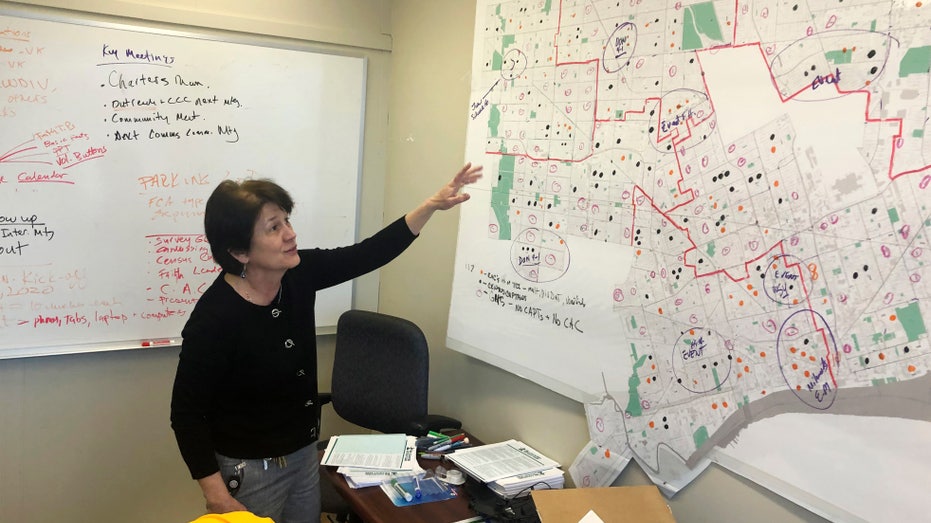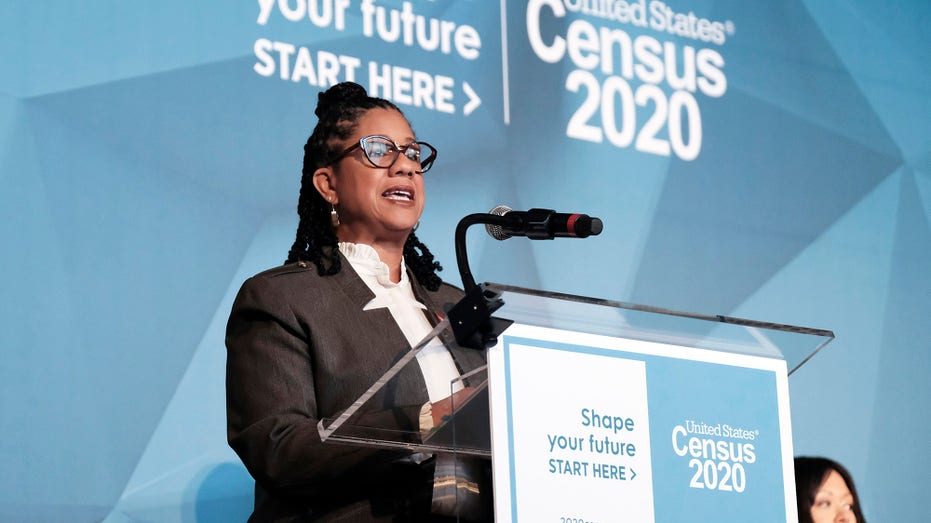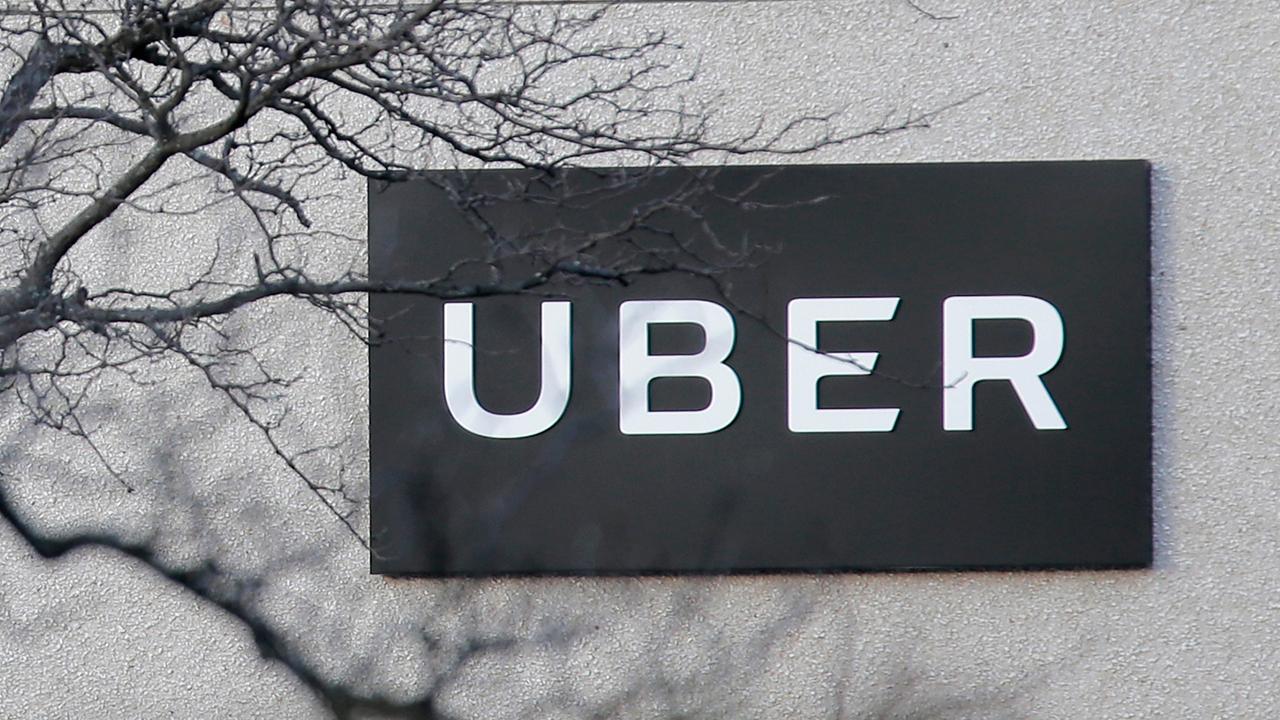Most of U.S. starts answering census questions in next days
Here's why the census is important
ORLANDO, Fla. — The 2020 census kicked off in rural villages of Alaska in January. Now the rest of the nation gets to start participating in the once-a-decade head count. Here are answers to some frequently asked questions.
When will I hear from the Census Bureau?
The Census Bureau will begin sending out notices this week to 95% of the nation's households, informing people that they can start participating in the 2020 census. The mailings will be staggered, going out from March 12 to 20 to avoid overwhelming the self-response website and a telephone helpline. About 80% of households receiving the initial mailings will be encouraged to answer the questions online, and around 20% of households will get a paper questionnaire that can be mailed back because they live in neighborhoods with low internet access or large numbers of seniors.
For less than 5% of households, in areas that have been hit by natural disaster or places that use only PO boxes, a census taker will drop off the initial notices in person. Census takers will eventually go home to home, interviewing residents of households that have not responded.
___
Will someone be knocking at my door?

In this Nov. 22, 2019, photo, Detroit 2020 Census Campaign executive director Victoria Kovari looks over a Detroit map showing city neighborhoods that were under-counted in the 2010 census. (AP Photo/Corey Williams)
‘SESAME STREET’S’ COUNT VON COUNT WANTS KIDS COUNTED IN CENSUS
Only if you fail to reply online, by mail or by telephone. This is the first census in which the Census Bureau is encouraging most people to answer the questions via the internet. The Census Bureau's initial mailing in mid-March will be followed by a reminder letter a week later and a postcard reminder a week after that. If you still haven't responded by April, you will get another reminder with a paper questionnaire in the mail, followed by a final reminder postcard. By May, the Census Bureau will be sending out workers to knock on the doors of households they haven't heard back from.
___
What are the questions?
The form asks how many people live in the household as of April 1, whether the home is owned or rented, and the form-filler's age and sex. They ask people to identify themselves by race, declare whether they're Hispanic or not, and provide details about their country of origin. All other residents in the household must answer, or have the first form-filler answer for them, the same questions on age, sex, race and Hispanic origin. They must specify their relationship to the form-filler and if they live elsewhere, like away at college. For the first time, same-sex couples will be able to identify as such, either as spouses or unmarried partners.
___
Is there a citizenship question?
No. The Trump administration tried to add the question, but the U.S. Supreme Court blocked it.
___
What if I don't speak English?

U.S. Census Bureau Executive Director Kendall Johnson (AP Photo/Michael A. McCoy)
GET FOX BUSINESS ON THE GO BY CLICKING HERE
Besides English, respondents will be able to answer the census questionnaire in Spanish, Simplified Chinese, Traditional Chinese, Vietnamese, Korean, Russian, Arabic, Tagalog, Polish, French, Haitian Creole, Portuguese and Japanese. Guides in both video and print are being issued in 59 languages, including American Sign Language.
___
Who gets counted?
Everyone residing in the United States and the five U.S. territories, including non-citizens and immigrants living in the country illegally. Prisoners are counted in the facilities where they live, and military personnel temporarily deployed overseas are counted at their home addresses in the U.S.
___
Will my information be shared?
No. Under federal law, all responses are kept completely confidential, and they can be used only to produce statistics.
___
Why is this important?

In this Aug. 13, 2019, file photo a worker gets ready to pass out instructions in how fill out the 2020 census during a town hall meeting in Lithonia, Ga. (AP Photo/John Amis, File)
CENSUS BUREAU PLANS HUNDREDS OF ADS IN 13 LANGUAGES
Because the 2020 census is used to determine who your representative in Congress is, where new businesses can build, how crowded your local schools will get over the next decade, and whether highways in your community get money for repairs. The results of the 2020 census help determine the distribution of $1.5 trillion in federal spending, as well as how many congressional seats each state gets.
___
How does the Census Bureau know where to find me?
They don't start from scratch. The Census Bureau continually updates a complete inventory of housing units using an address list that shows them where to count. They get information from the U.S. Postal Service, tribal, state and local governments. Addresses that couldn't be verified using satellite images or mapping tools were checked door-to-door by canvassers last fall.
